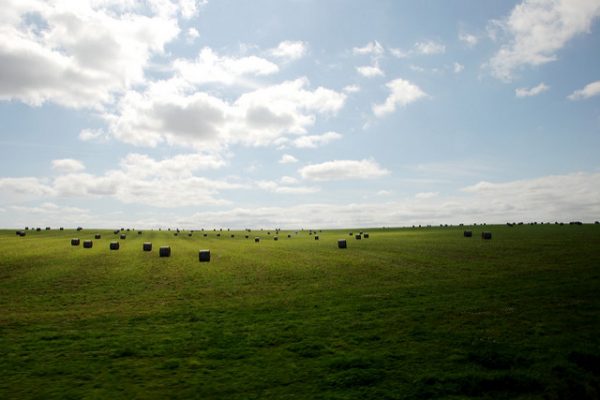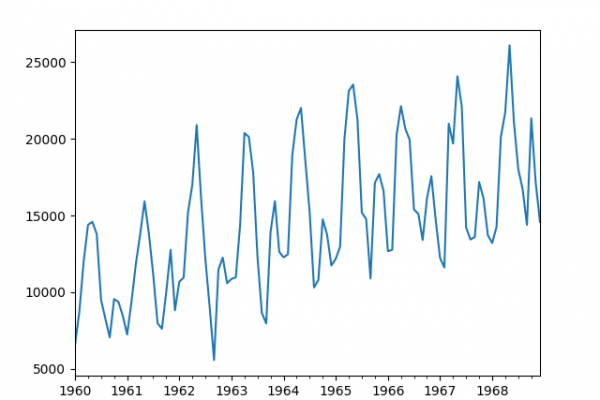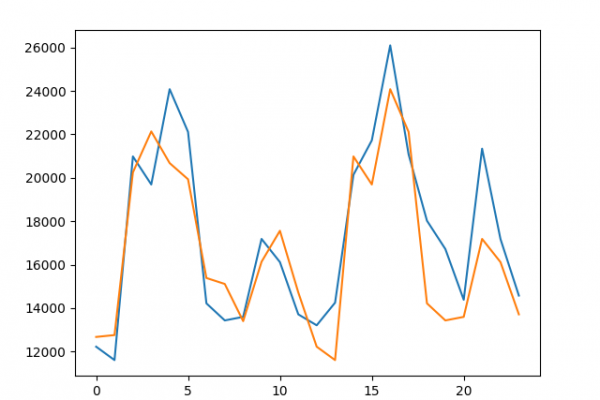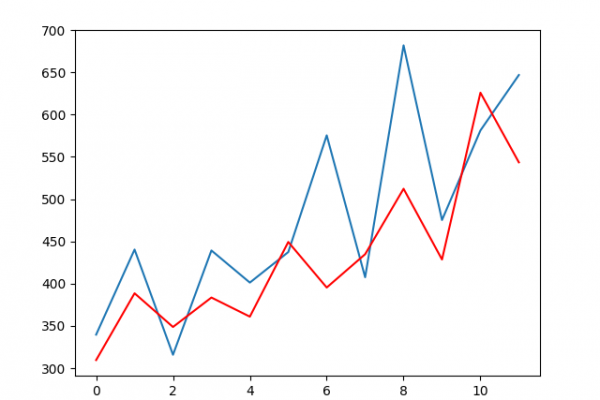How to Setup Your Python Environment for Machine Learning with Anaconda
Last Updated on September 17, 2020 It can be difficult to install a Python machine learning environment on some platforms. Python itself must be installed first and then there are many packages to install, and it can be confusing for beginners. In this tutorial, you will discover how to set up a Python machine learning development environment using Anaconda. After completing this tutorial, you will have a working Python environment to begin learning, practicing, and developing machine learning and deep […]
Read more








